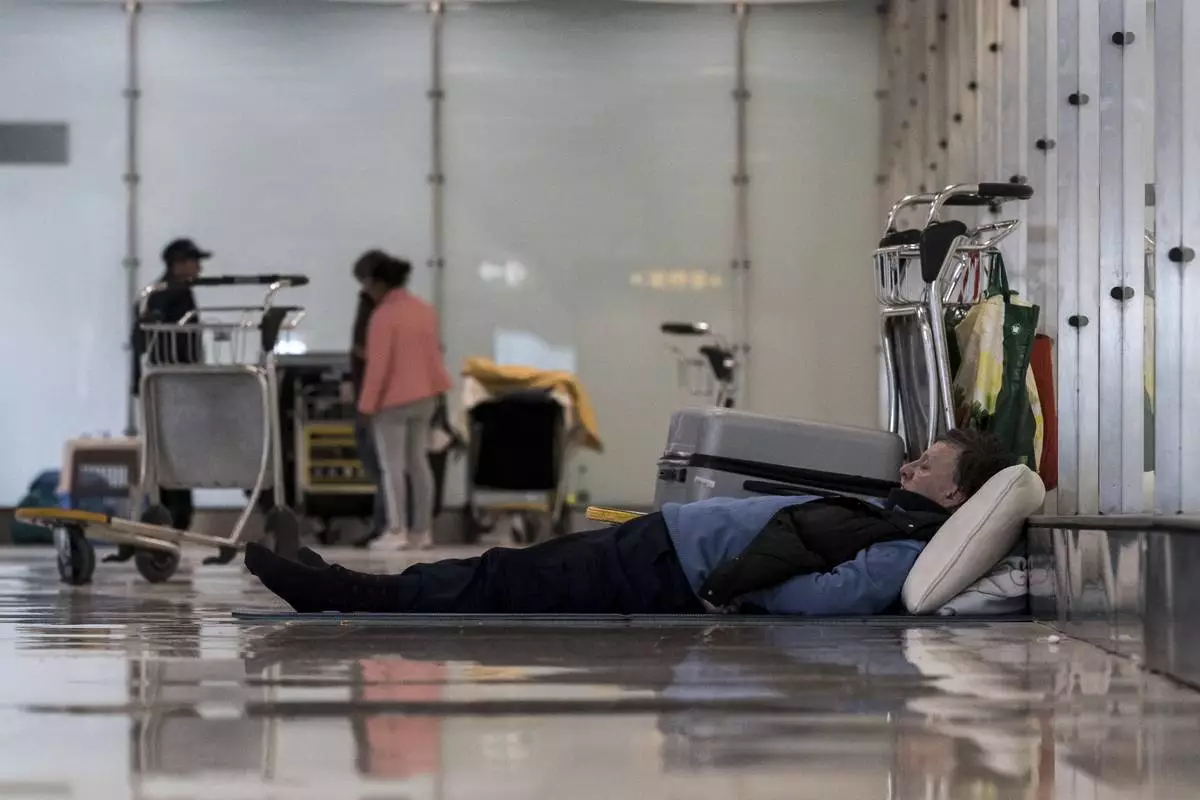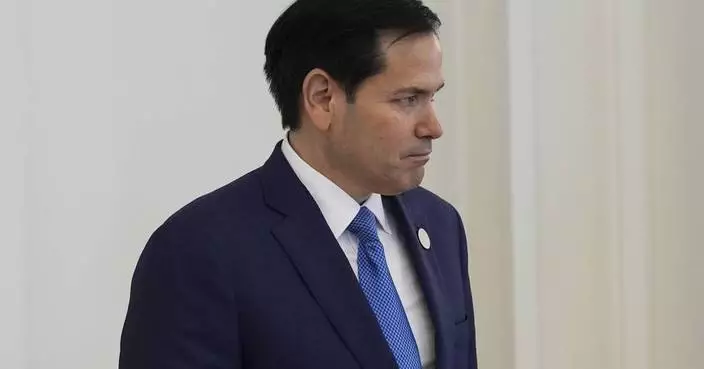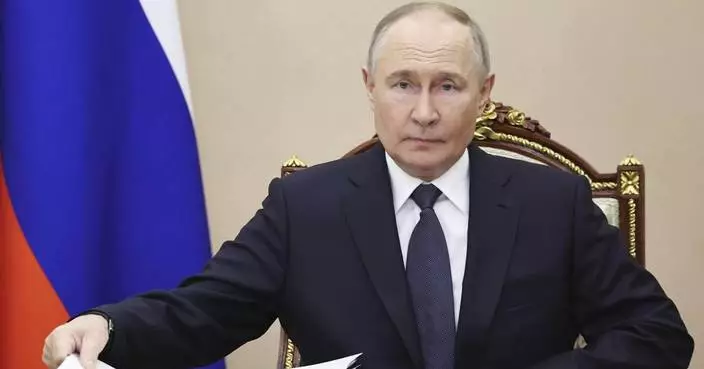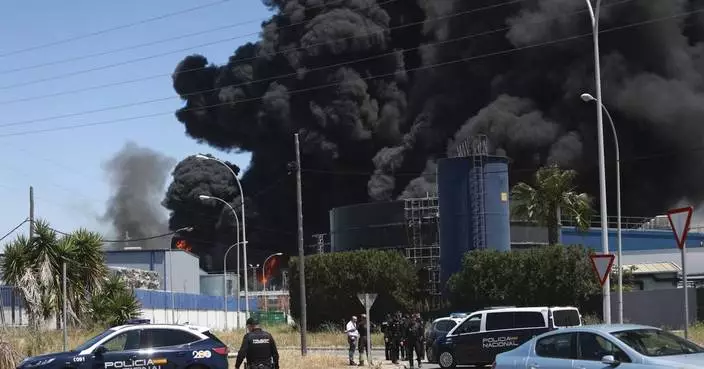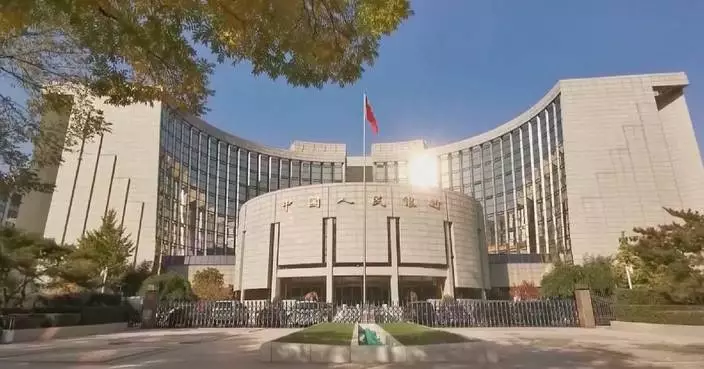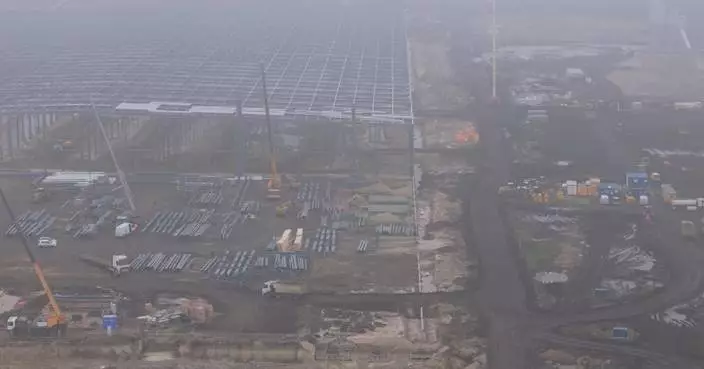NEW YORK (AP) — Right-hander Corbin Burnes' $210 million, six-year contract with the Arizona Diamondbacks includes $64 million in deferred payments due from 2031-36, according to details obtained by The Associated Press.
Burnes gets a $10 million signing bonus payable within 30 days of the deal's approval by the commissioner's office and salaries of $30 million each in 2025 and 2026 and of $35 million in each of the following four seasons.
His deal, announced Monday and the largest in Diamondbacks history, includes $10 million in deferred money in each of the first two years and $11 million in each of the next four.
Burnes, the 2021 NL Cy Young Award winner and a four-time All-Star, has the right to opt out after the 2026 season.
If he does not opt out, the deferred money is payable $10 million each on Nov. 1 in 2031 and '32, and $11 million each Nov. 1 from 2033-36.
If Burnes does opt out, the deferred money is payable in $10 million installments on Nov. 1 in 2027 and 2028.
He has a full no-trade provision through March 31, 2027. If he does not opt out, he can specify by each March 15 starting in 2027 a list of 14 teams he can't be traded to without his consent.
Burnes would get $250,000 for winning a Cy Young Award, $150,000 for finishing second in the voting, $100,000 for third, $75,000 for fourth and $50,000 for fifth.
He would earn $50,000 each for All-Star election or selection, winning a Gold Glove, World Series MVP, League Championship Series MVP or finishing first or second on the All-MLB team.
Arizona agreed to give Burnes four premium season tickets in a best-available location at no cost for all regular-season, postseason and spring training games. Burnes is allowed to purchase up two additional tickets adjacent to the team-provided seats.
Burnes gets a hotel suite on road trips and agreed to donate 1% of his salary and signing bonus to the team charitable foundation.
He joins a starting rotation projected to include Zac Gallen, Merrill Kelly, Brandon Pfaadt and Eduardo Rodríguez.
Burnes, who turned 30 in October, was 15-9 with a 2.92 ERA last year for Baltimore, which acquired him from Milwaukee in a February trade. He is 60-36 with a 3.19 ERA in seven seasons for the Brewers and Orioles.
AP MLB: https://apnews.com/hub/mlb

FILE - Baltimore Orioles' Corbin Burnes pitches during the first inning of a baseball game against New York Yankees, Thursday, Sept. 26, 2024, in New York. (AP Photo/Noah K. Murray, File)



